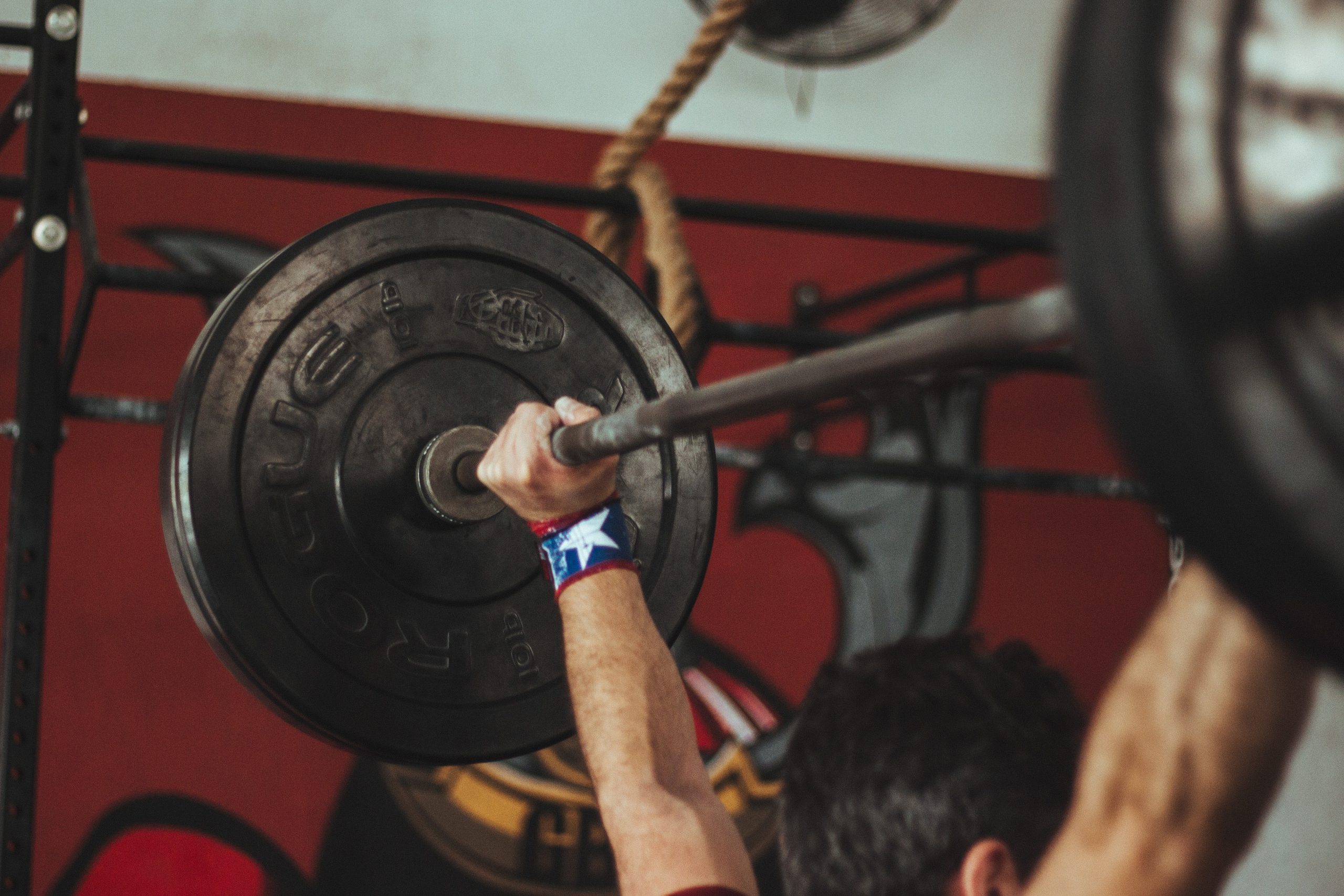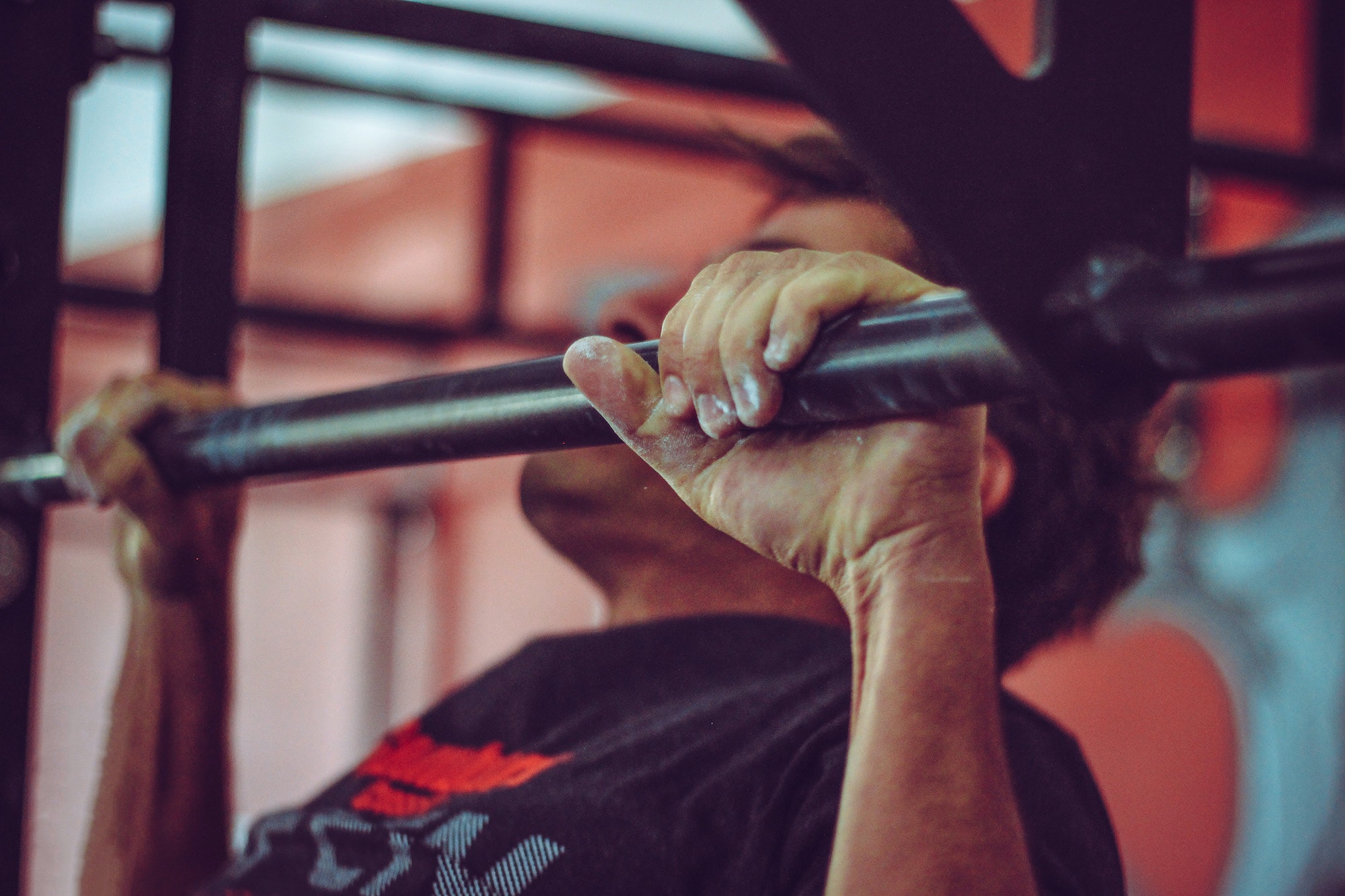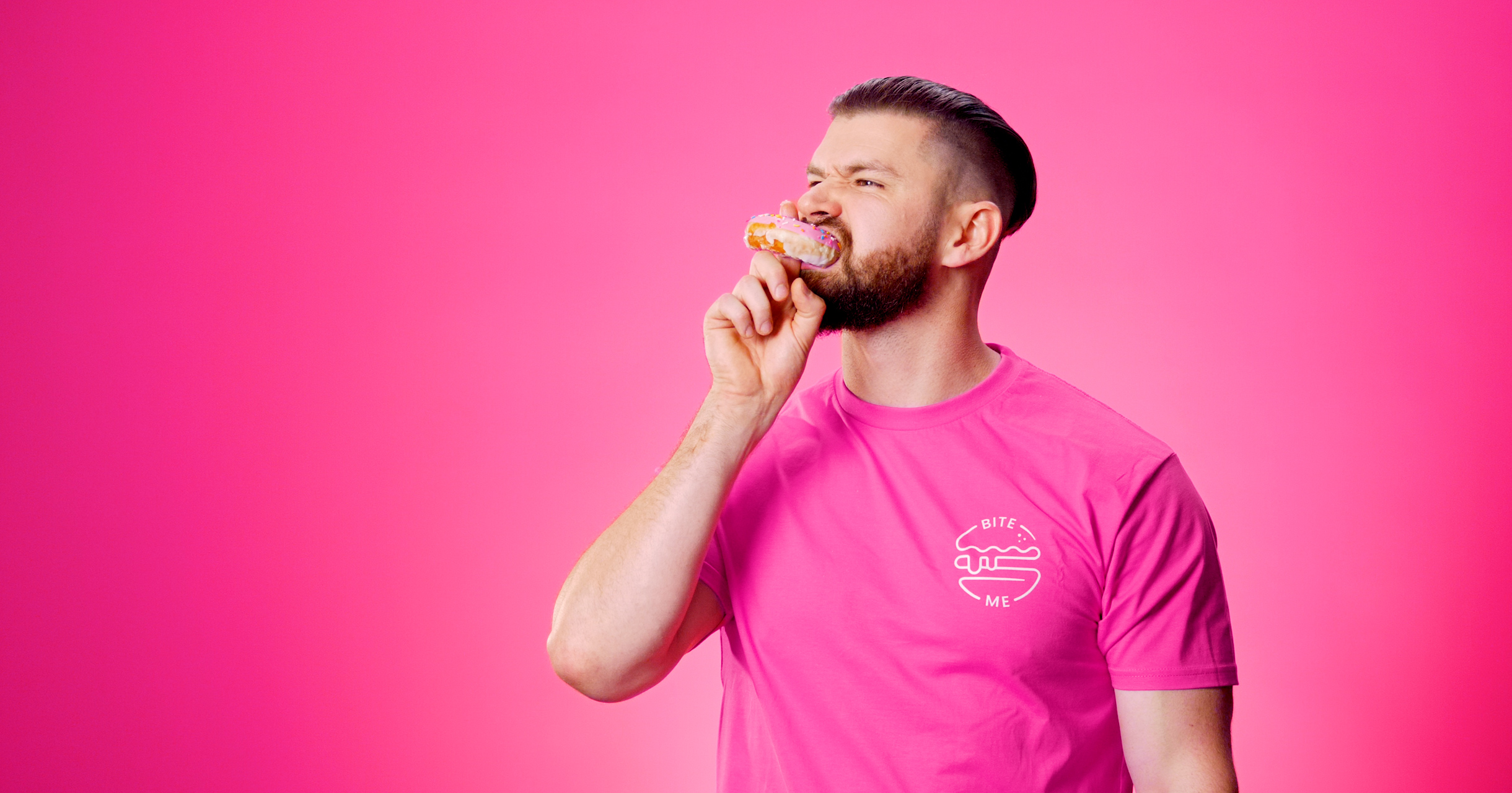The Open is Coming. Are You Ready?
Written by
Jenna Stein
Whether this be your very first CrossFit Open Season or your 10th consecutive year of competing, having a solid nutrition plan is crucial for maximising your performance and recovery across the weeks.
But first, let’s start by taking some of the pressure off yourself. Remember that the Open workouts are no different to any other workout of the day in the sense that it’s just another WOD. The reason I say this is because it is important not to try anything new before any competition.
So, with that in mind, you can start to implement these strategies before any of your CrossFit classes leading up to the open. In fact, I would even encourage you to do so as it will make things go a lot smoother when you step into the gym for Friday Night Lights.

01
Pre-training Meal
This meal is going to depend on what time of the day you decide to hit the Open workout. As a general rule, this meal should be 2 - 4 hours before you plan to exercise. This will give your body enough time to digest and absorb the meal - no one wants to meet Pukey with a full stomach.
Your pre-training meal should be easy to digest and high in carbohydrate, so this typically means low in fibre and fat. Depending on the meal, you can add protein to this meal which will help to reduce muscle breakdown during the WOD and aid in recovery afterwards. As a guide, aim for ~0.4g/kg of body weight.
Some suggested pre-training meals include:
- Cereal with low fat milk
- Yoghurt with fruit or muesli
- Pasta with meat and vegetables
- A sandwich and piece of fruit
- Toast with banana and honey
- Rice or Buddha bowls
02
Pre-training Snack
Your pre-training snack is your last ditch effort to top up the fuel tank. This typically includes a fast digesting carbohydrate, so don’t be scared to grab more processed foods like cereal bars, lollies or sweet treats. You want to eat your pre-training snack 30 - 60 minutes before your plan to hit the workout, but it doesn’t hurt to eat a couple of lollies while you warm up.
03
Recovery Meal
You survived! Now the recovery process begins. It is important not to skip this step, as this is what will help you redo that score in a couple days time. When it comes to a recovery meal, you are wanting to refuel, repair and rehydrate. This means prioritising carbohydrates, protein and fluid (see the next section around fluid intake).
Your recovery meal will most often be dictated by your appetite, so choose foods you enjoy. As a guide:
- Carbohydrates: aim for around two thirds (or half a plate, if you are a particularly large human) of carbohydrates, things like potato, bread, pasta, rice or cereal
- Protein: Opt for a palm sized portion or a quarter of your plate of chicken, turkey, fish, lean beef, eggs or tofu
- Colour: Fill the rest of your plate with as many vegetables as possible. Don’t skip this part, vegetables (and fruits, if you are eating your recovery meal for breakfast) contain important nutrients, like vitamins and minerals and antioxidants that are crucial in supporting your recovery!
- Fats: Add a little flavour with avocado, creamy sauces or nut butters, but keep it to a tbsp
Need some more inspiration? Your recovery meal could be:
- Wholemeal pancakes with yoghurt and fruit
- Protein smoothie with frozen berries and nut butter
- A beef mince burrito or burrito bowl with avocado
- Spaghetti and meatballs
- A burger with all the salad!
04
Get Hydrated!
Your hydration status plays a big role in maintaining your blood volume and therefore how much blood and oxygen is delivered to and from your muscles while exercising, as well as regulating body temperature and actually allowing your muscles to contract. If you are dehydrated, your body will have to work harder to do these jobs, which means the exercise itself is going to feel a lot harder than it should. Not to mention, dehydration also increases your risk of heat stress.
It is important that you enter the gym hydrated. This means aiming for straw coloured urine. Drinking plain water is fine for most people, but if you have a particularly active and sweaty job (or you are someone who sweats a lot in general), consuming a sports drink before training would be a better option.
The chances of you having the opportunity to drink during the Open workout is small (I mean, you’re going to be moving at lightning speed, there is no time to stop for a drink), so you must replace any water or fluids that are lost once you have peeled yourself off the gym floor. The amount of fluid you need to replace is going to be different for everyone, so it is important to pay attention to how much you continue to sweat (this needs to be replaced), your thirst and the colour of your urine. Thirst is not a good indicator of how hydrated you are during exercise, so feeling thirsty is often a late warning sign. To make things easier, make sure you have a water bottle with you and your water is cold.
I also hate to be Captain Sensible, but limit those post WOD beers, as this is going to make it harder for your body to recover and rehydrate.
And that’s it! I’ll be sharing lots more Open related content over on my Instagram so make sure you head over, say hello and we can all share our pain together.

Thanks for reading! Why not subscribe to our mailing list for more great content.

